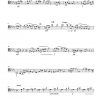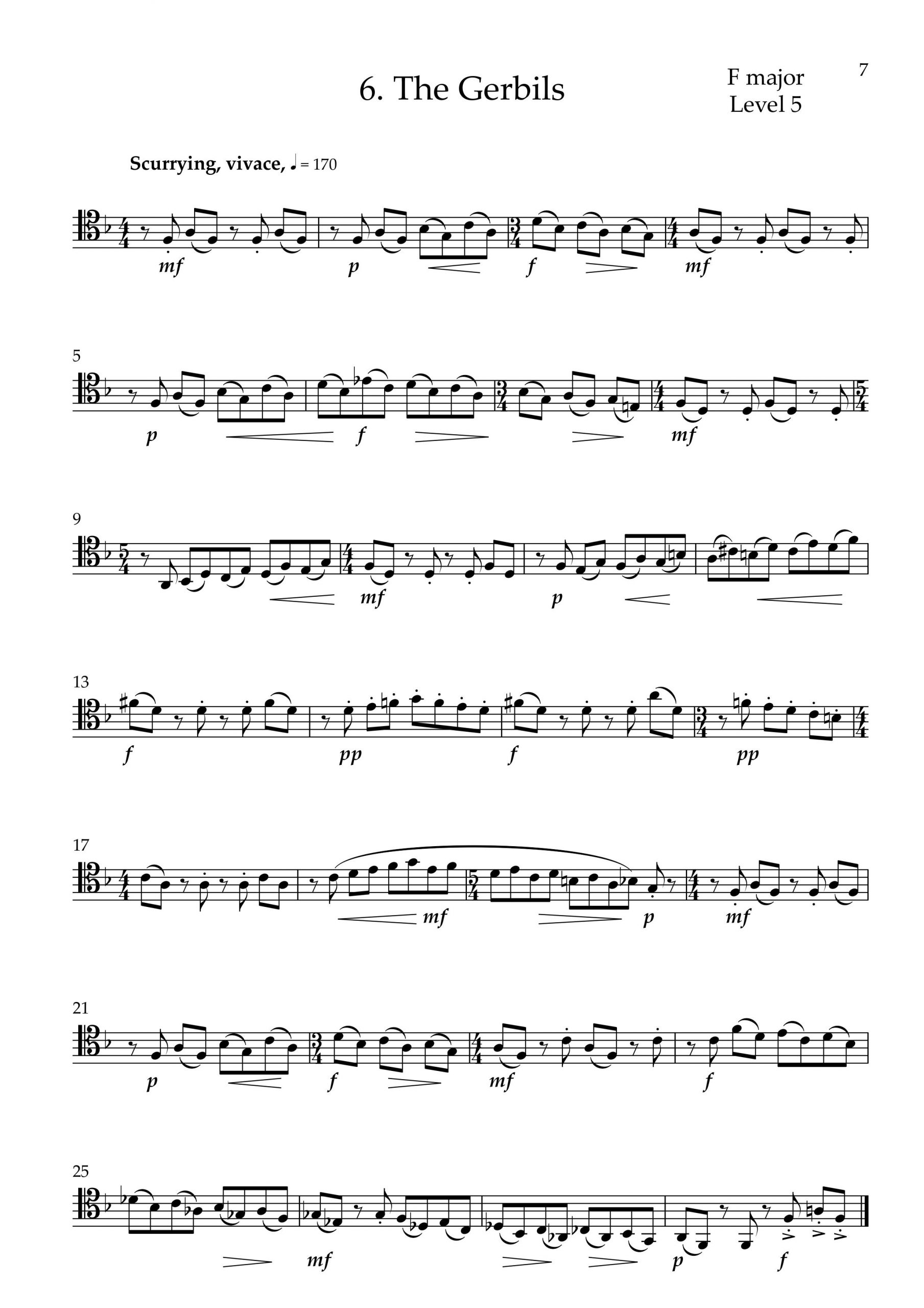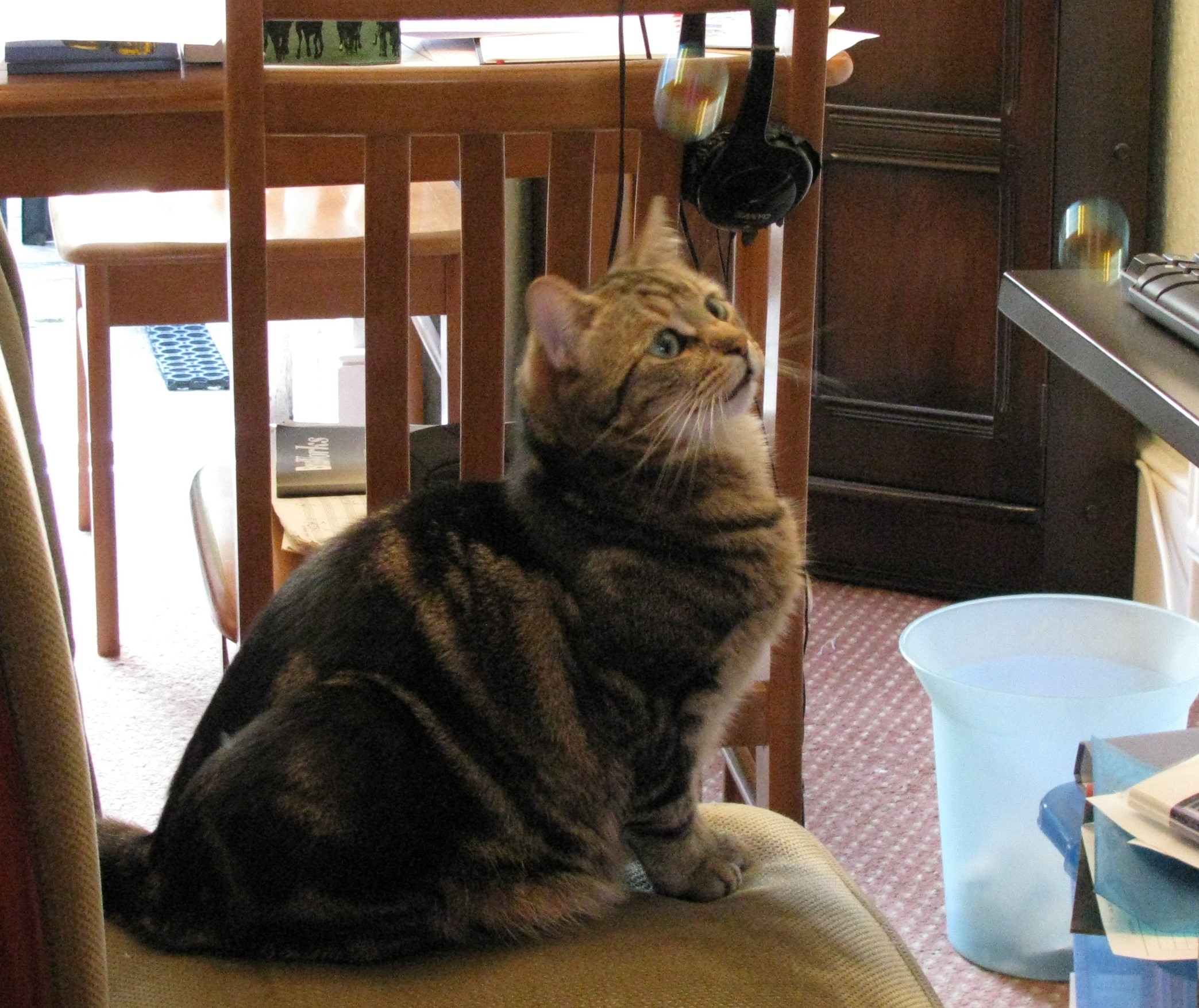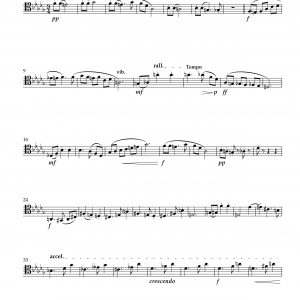Sight-Reading Studies, Book 3.
£15.00 – £20.00
24 studies, to be sight-read then enjoyed! One in every key, graded between 1 and 10 for difficulty, and available in tenor, bass and brass band treble clefs.
Description
Some years ago there was a long hot summer, and I spent a lot of time on trains. As the crosswords were too hard, the result was 72 tunes, all of roughly the same length, for trombone solo. The idea was simply a set, or three sets of new and (hopefully) catchy dots for anyone to play. They’re called Sight-Reading Studies. Sight-Reading because they’re festooned with accidentals, unpredictables, uneven phrase lengths and general surprises. Expect the unexpected! And Studies because after reading through them, I think they’re worth a bit of time spent honing them, turning them from mental exercises into newly-accomplished pieces of music.
There are 72 because there are three books of 24, one for every key, three times. I really believe in the value of playing and getting to know every possible key and the harmonic relations within it. It’s good preparation for sight-reading everywhere, general section and ensemble playing, and helps one to become more familiar with the instrument itself.
Book 1 is the initial foray into the idea. Book 2 takes things on, is slightly more advanced, with equally quirky titles, but all good to play. It also contains five dances: a Gavotte, Gigue, Allemande, Minuet and Bolero. Book 3 is further advanced, and the studies are often longer than the previous books. This book features studies in the style of six composers: Bruckner, Arthur Sullivan, John Adams, Derek Bourgeois, Arvo Pärt and John Williams. At all times, I’ve tried to keep the basic premise to the fore: that they’re all to be sight-readable before becoming pieces that would reward a bit of study. In all three books, the pieces are graded for difficulty, so the trombone player can dip in and out according to their own standard, and hopefully develop from their initial grade.
I hope you have lots of fun with these.
NOTES
- I recommend playing through the relevant scale before playing each study
- All the ’old-fashioned’ rules apply: an accidental only applies to its own bar, in the following bar the note reverts to the key signature (often this is marked anyway), and if an accidental is tied over to the next bar, that holds good throughout that bar unless marked otherwise. And an accidental only applies to that named note at that pitch, NOT in any other octave in the bar.
- The range is the traditional range of the tenor trombone, low E (and pedal Bb) to high Bb.
- There are various levels of difficulty, from 1-10, taking into account the key and the length of the piece as well as the dots themselves.
Contents: Title, Key, Level
- Slide Wars (John Williams) C major 3
- Arpeggietto Db major 5
- On the Whole D major 6
- Arvo Pärt Eb major 10
- A Bruckner Symphony E major 7
- The Gerbils F major 5
- Norwegian Sicilienne F# major 4
- Backing Track G major 3
- Quiz Show Ab major 2
- A Trombonist’s Lot (Arthur Sullivan) A major 7
- Basses and cellos Bb major 3
- Fanfare of the Guilds B major 8
- 70s Cop Show C minor 5
- A Soft Dance C# minor 2
- John Adams D minor 9
- Barcarolle D# minor 4
- Derek Bourgeois E minor 10
- Displacement F minor 3
- Shadows at Night F# minor 2
- Grodenwy Slovenka G minor 1
- Both Keys G# minor and Ab minor 8
- The Squeaky Gate A minor 7
- Balkan Dances Bb minor 6
- Foreign Accents B minor 6
Additional information
| Score Type | PDF Download, Physical Copy |
|---|






Reviews
There are no reviews yet.